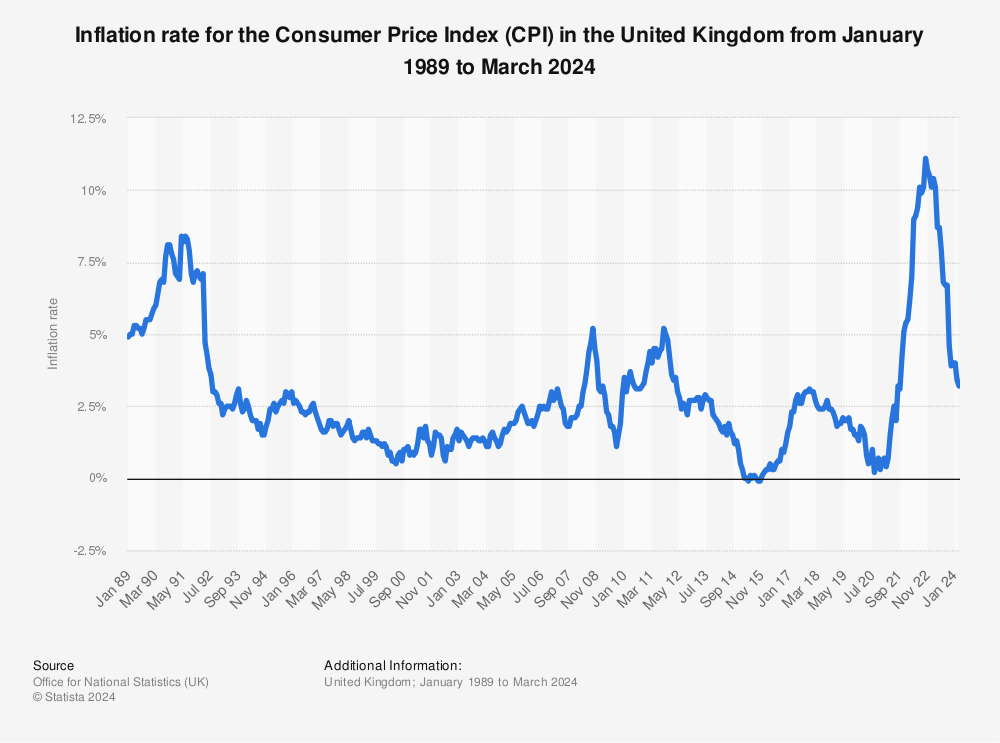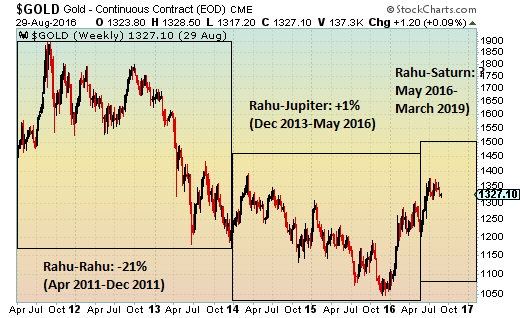Alright, folks, let’s talk about something that’s always worth paying attention to: margin debt. As of May 9th, we’ve seen a concerning drop of 4.622 billion yuan (roughly $640 million USD) in margin balances across both Shanghai and Shenzhen exchanges. Shanghai saw a decrease of 1.94 billion yuan, bringing the total to 909.218 billion yuan. Meanwhile, Shenzhen experienced a larger pullback of 2.682 billion yuan, landing at 878.056 billion yuan.
This isn’t just number crunching, people. This is a potential warning sign. A consistent decline in margin debt often precedes market corrections. Why? Because it signals investors are deleveraging, reducing their risk exposure, and frankly, losing confidence.
Let’s dive deeper into what margin trading actually means. It’s basically borrowing money from your broker to buy stocks. It amplifies both potential gains and potential losses. When the market’s hot, everyone’s using margin, riding the wave. But when things start to look shaky…
That’s when the forced liquidations begin. Investors get margin calls – demands to deposit more cash to cover their positions. If they can’t meet those calls, the broker sells their stock, adding selling pressure to an already weakening market. It’s a vicious cycle.
Don’t mistake this for a definitive crash call, but astute investors will be taking note. This reduction in leverage isn’t a positive indicator, and it’s crucial to reassess your portfolio and risk tolerance in light of this data. Now is the time for cautious optimism, and a healthy dose of skepticism. We’ve seen this pattern before, and ignoring it would be foolish.
Understanding Margin Trading – A Deep Dive:
Margin trading allows investors to control larger positions with a smaller capital outlay. This leverages potential profits. However, amplified gains are matched by equally amplified risks.
Margin calls are triggered when the value of the investor’s collateral falls below a certain threshold. Failing to meet a margin call results in forced liquidation.
A decrease in margin debt can reflect investor caution, reduced risk appetite, and a potential market downturn. It’s a key indicator for market sentiment.





